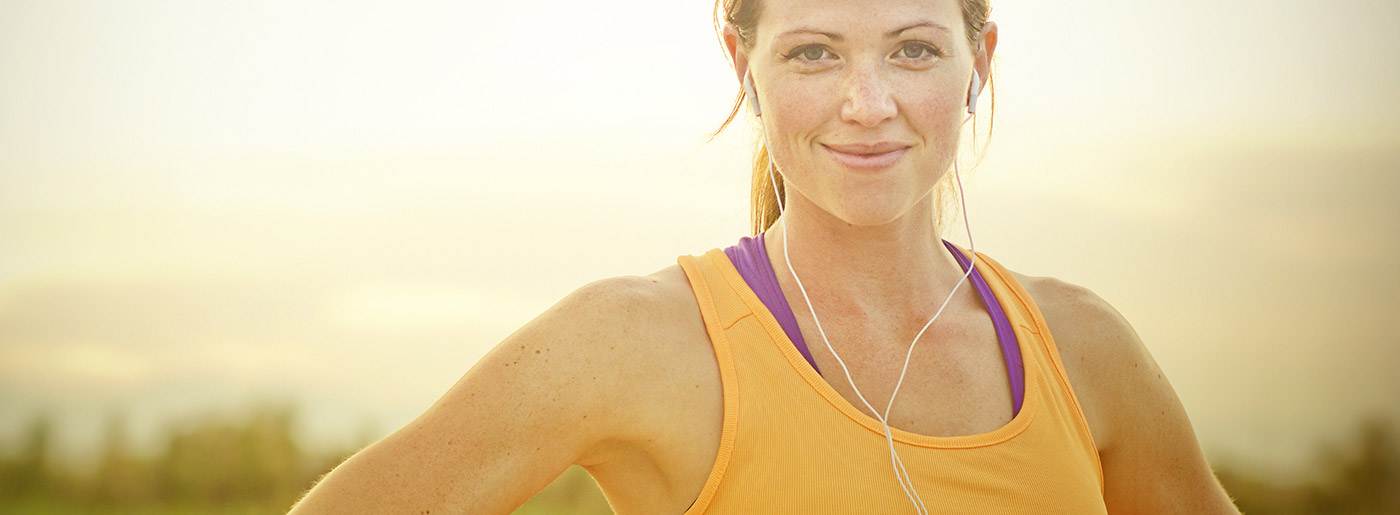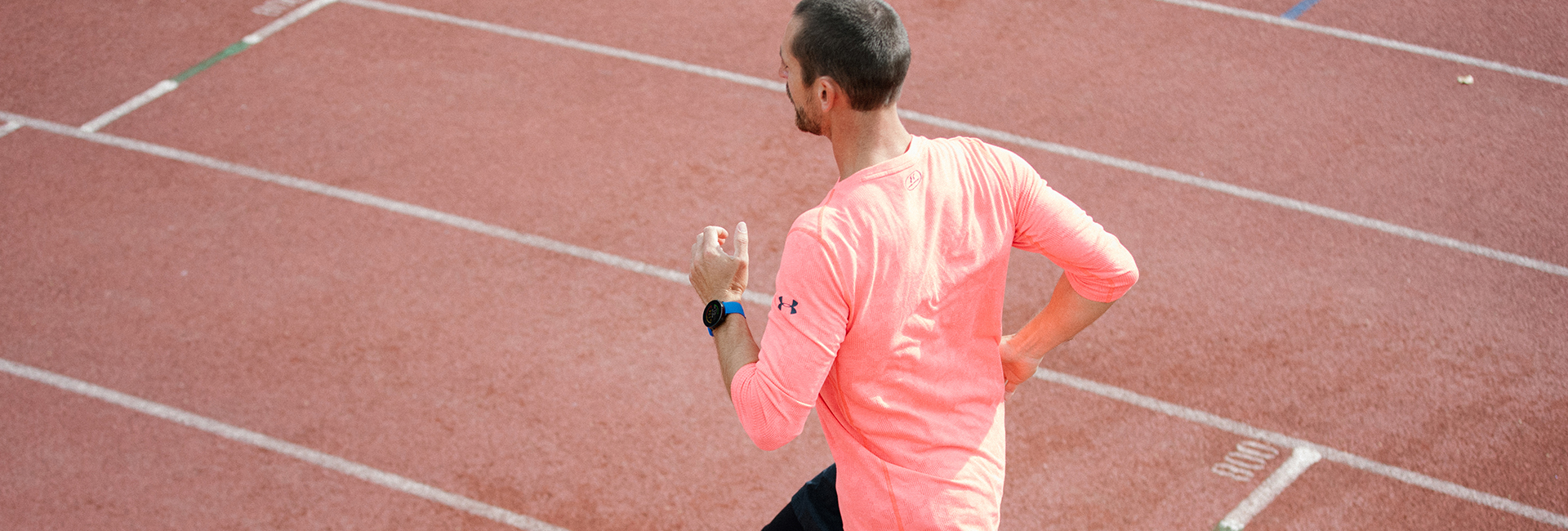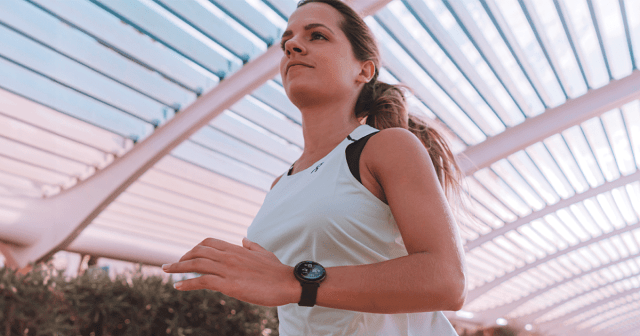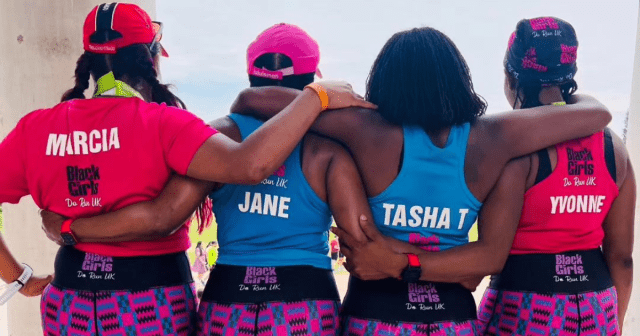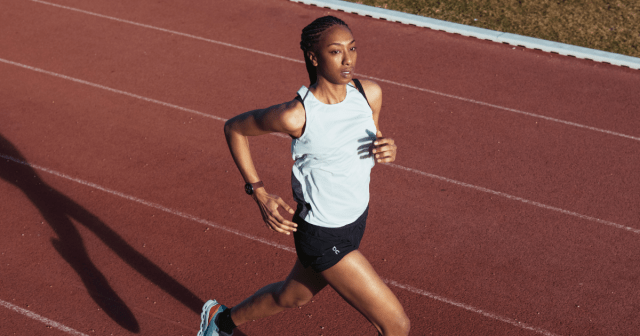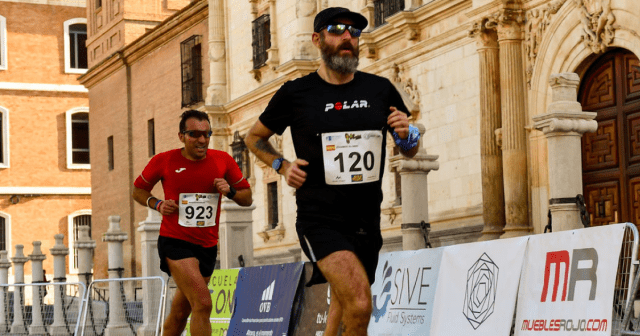What to eat after a race to help recovery is just as critical as pre-race nutrition. Proper nutrition and hydration post race can boost or slow down your recover and, ultimately, help you get back to baseline and ready for the next session faster.
During periods of training or racing, nutrition plays a huge role in how your body performs and adapts to the stimulus of training. A major focus for amateurs and athletes alike is pre-race nutrition and – if competing in a longer distance event – nutrition during the race.
What you eat and drink before and during a race can make or break your day, but post-race nutrition is equally as important and may even make or break your post-race week.
Not only will providing your body with all the key ingredients play a huge role in optimizing the physiological adaptations associated with a training stimulus, but also reduce the risk of injury, illness and fatigue which will have a negative effect on performance but also general health and well-being.
Here’s how to kickstart recovery right after a race and how to fuel your body within the following 24 hours and beyond.
3 R’s of Recovery
Recovery starts as soon as you cross the finish line, so aim to kickstart the recovery process within the first 60 minutes of finishing a training session or race.
The take home message and mental tick list once you finish a training session or race is the 3 R’s of recovery.
1. Rehydrate
Consume fluids little and often after exercise to rehydrate.
- Incorporating a carbohydrate-electrolyte drink will provide your body with key elements that have been depleted during the race. A drink that is flavoured and contains electrolytes will improve palatability and increase the drive to drink, which will help you take on a suitable amount of fluid to return to a hydrated state.
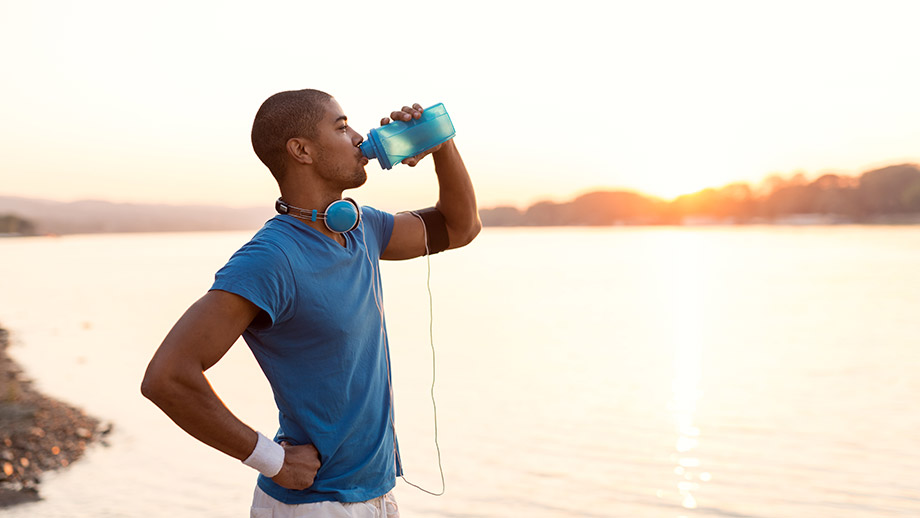
2. Replenish
The body’s fuel stores will have become depleted during exercise, so it is important to replenish these stores by ingesting carbohydrates.
- Consuming carbohydrate (1.0 g/kg or 0.5 g/pound of bodyweight) will begin the recovery of carbohydrate stores in the body.
3. Repair
Protein will help to support muscle growth and strength.
- Consuming 20–30 g of high quality protein, either from meat, fish or dairy is advised to stimulate the maintenance or growth of muscle mass and strength.
post-race Smoothies, flavored milk and protein shakes
It’s unlikely that you’ll want a full meal after a race, so things like smoothies, flavored milk and protein shakes provide a brilliant source of the three key areas above, as well as being easily digested which is an important consideration when taking on something so close to finishing a race.
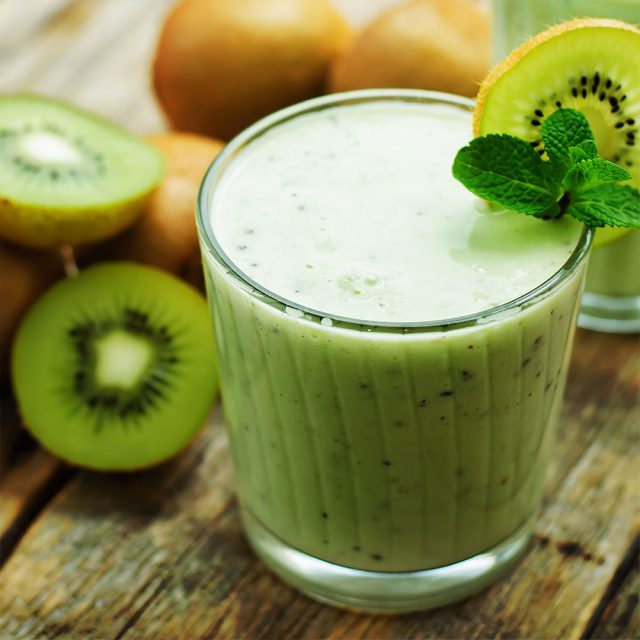
If you prefer something solid, something like a chicken sandwich is a great choice.
Having consumed something smaller just after your race, it is incredibly important to follow this up with a larger meal with plenty of protein and carbohydrate to continue giving your body everything it needs as it continues to rebuild, repair and adapt.
Aim to have a well-balanced meal with meat or fish and a generous helping of carbohydrate, such as potatoes, pasta, rice or bread.
Nutrition during the following 24 hours and beyond
Once your first main meal is out of the way, it’s important to remain focused on the types of food you’re consuming over the following 24 hours and beyond to ensure the recovery process is optimized and your body returns stronger.
Continue to incorporate carbohydrates and protein in every meal during this time, while also consuming lots of fruit and vegetables that contain much needed vitamins, minerals and anti-inflammatory properties to deal with the stress of training and competition.
Even though healthy nutrition is key in enhancing recovery, it’s also important and allowed to celebrate your achievements and indulge in a few treats following a race. If you can incorporate the 3 R’s of consuming carbohydrate, protein and fluids you will go a long way in making sure your body is back to its best and ready for the next challenge.
If you liked this post, don’t forget to share so that others can find it, too.
Or give it a thumbs up!
I like this article
Please note that the information provided in the Polar Blog articles cannot replace individual advice from health professionals. Please consult your physician before starting a new fitness program.
